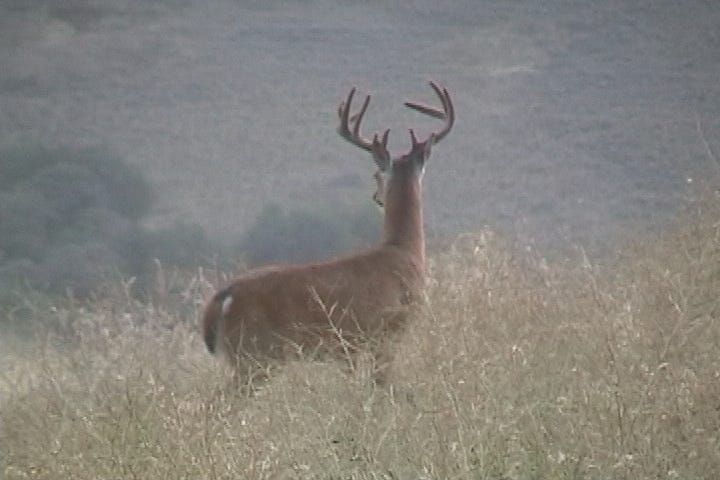(This is a compilation of several lists … with one more added. There may be some repeats. They were learned of decades of hunting. Many of them learned the hard way. Read and apply; save yourself some grief.)
1. Sun at Your Back. Where possible, hunt with the sun at your back. You’ll be able to better identify species, and sex, of what you’re after. And it will make you harder to identify. It might not make all the difference, but it may make a big difference. Hunting into the sun can result in a situation unfolding in a real disappointing way. (Ask me how I know.)
2. Getting out of the Car. Be quiet getting out of the car. Finish talking before you get out, and don’t slam the doors. Shield necessary noises, and don’t make unnecessary ones. One time I only walked 13 steps before getting into game. Game animals aren’t nearly as worried about cars, as they are the people that get out of them.
3. Know your Pockets. Decide which pocket is for which thing, or things, and stick to it. That way, in the moment of excitement, or emergency, or if you are too tired to think ... you’ll know where those things are.
4. Ammo. Get a favorite ammo, know how it shoots, and stick with it.
5. Velcro is too noisy; I don’t use it.
6. Cell Phones. If you think the ringtone on your cellphone sounds loud unexpectedly in a business meeting, just wait till it rings while you’re in your hunting stand while you’re waiting for a big buck to appear. Just sayin’.
7. Have someone watch you hunt. You may not be as stealthy, or invisible, as you thought. In fact, what your hunting buddy has to say may be rather humbling. You may be surprised how far away he can see you.
8. Don’t get caught flat-footed. Don’t put down your gun until you know the critter is dead.
9. Hands. We spend a lot of money and thinking about camo clothing (what covers us), but less on what is not covered. Yes, cover or camo your face (and ears, and neck). But also consider your hands. They might be the only thing you move as you get ready to pull the trigger; you don’t want them to give you away. I don’t wear a watch. If you do, make sure it’s covered, especially the glass.
10. Dropping Your Rifle. If you drop your rifle, or fall, and the scope hits the ground, or otherwise bump the scope hard, don’t assume that it’s still zeroed. Check zero as soon as you can. The same is true of a long hunt in rugged country. Your scope can get bumped and zero knocked off and you don’t even know it. Check zero if and when you can, and make sure you bring enough ammo to do so. Definitely check zero after a rugged hunt, whether or not you squeezed the trigger. Ideally, have another rifle for backup, or a contingency plan; don’t let a broken rifle or banged scope be a hunt-breaker.
11. Game Cameras. Deer habits and patterns change, as the Season drags on, and Season to Season. One Season they’ll pass your stand going one direction, and the next the other. Use a trail camera to find out the patterns as they change.
12. Camera Flash. Be deliberate about what your camera flash is set to … Auto, Flash, or No Flash. Flash and Auto modes may wash out an intended photo, as well as `disclose’ your presence and activity.
13. Whitetail Deer bucks will lower their heads and pretend to eat … but actually they’re waiting to see your next move.
14. Shadows. Deer and elk seem to avoid being in the light, or out in the `open’. To avoid being seen, you should do the same. If you have to move, move in the shadows. Deer, while they may take trails through the woods, avoid wide spots in the trails. And though their movements might be quite regular, they do not necessarily even take trails.
15. Think about shot placement. What is your intent with the shot? Is it a situation where you must `anchor’ the animal, or can you allow it to run a ways while it bleeds out? Are you hunting for meat, or antlers, or … ?
16. Relax. Don’t try too hard. I think the deer can sense it. Be optimistic, but at peace. Let it happen; let the game show up; let them come to you.




